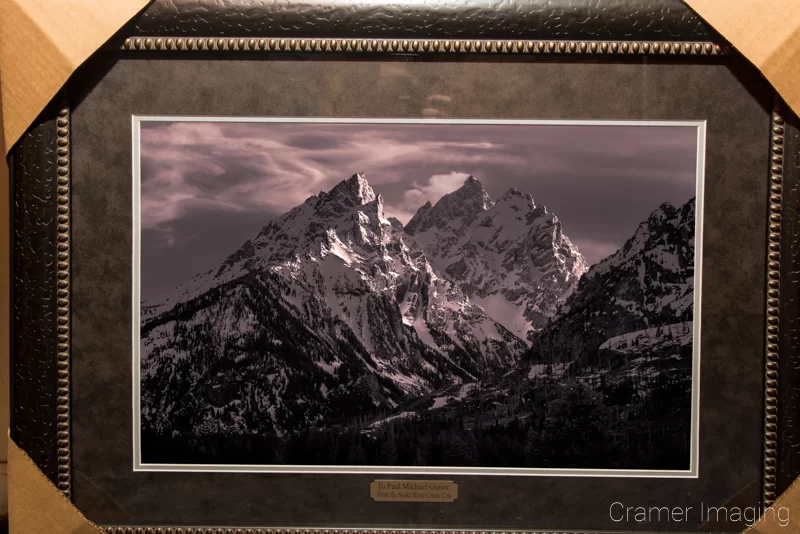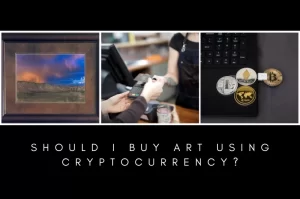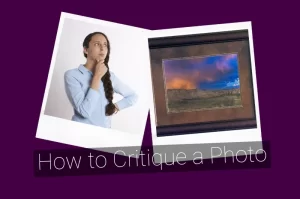Are you looking to have a special piece of artwork made? Do you know what you must know and do to commission such a piece of artwork according to your specifications? Many people don’t when they enter the world of commissioning art. Today, we’re talking about some of the basics you need to know and do when commissioning some artwork.
1. DO Choose an Artist You Can Work With
There are several points which you need to consider while choosing the best artist for your artwork commission. First, you need to pick an artist in the right field. Bear these points in mind during your research.
- DO research and find an artist who works in the style and medium you prefer. It won’t do you any good to commission a sculptor to paint a painting either literally or metaphorically speaking.
- DON’T expect an artist to work in a new medium or style which they aren’t already familiar with.
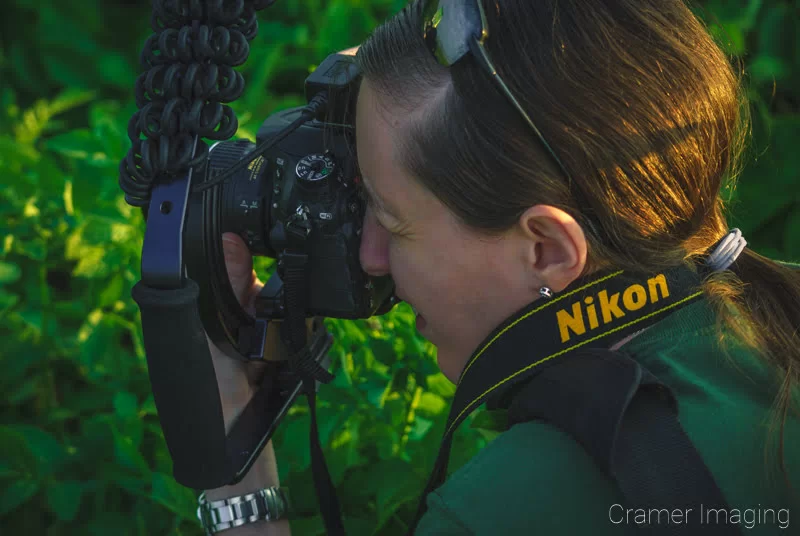
Next, consider the aesthetics of the art you are likely to be receiving. Will it meet with your (or the recipient’s) approval? Bear these points in mind for that.
- Do you (or does the recipient) like the art that the artist is offering to do? How do you feel about their oeuvre (portfolio, body of work) as a whole? Do they already make work which resembles what you’re after?
- Does the artist speak my language? Is he/she friendly and easy to communicate with? Would I get along with this artist? You’re going to be communicating frequently so this is important to consider.

Finally, bear your overall cost in mind while selecting the right artist. It can help you narrow down the field considerably when properly applied.
- DO research current artists and their standard rates for the kind of work you expect.
- Make sure you can actually afford the project first.
- DON’T contact an artist out of your budget range and expect them to lower their prices (that’s insulting).
- DON’T get scammed. If it seems too good to be true, it probably is. Watch your back.

You should consider all of this before you even make contact with an artist. Have a list of a few to choose from in case someone is otherwise unavailable.
2. DO Take Care of Important Details in the Initial Contact
The artist will require information in order to give you an accurate quote on creating the piece. Bear these points in mind when making initial contact with a prospective artist on your list of options.
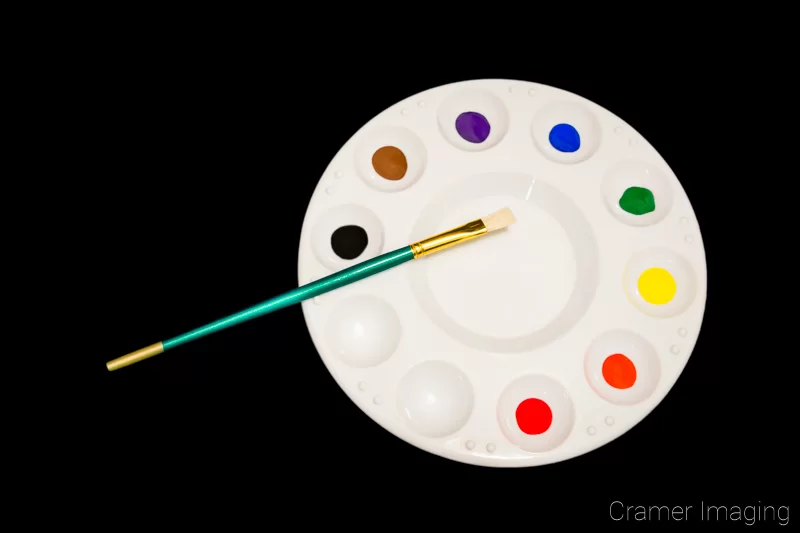
- Use the K.I.S.S. principle: “Keep It Simple, Stupid!”
- What is the subject matter?
- What is the size, materials, colors, style, etc.? Do you want it framed (assuming it can be framed)? Do you want it personalized and how?
- Why are you commissioning the piece? Who is it for? Is there a special occasion?
- What is your budget? DON’T expect the artist to work for free or for “exposure.”
- What is your due date?
- Give picture references for the artist as much as possible.
- Be patient. The artist may not have an immediate answer for you. It might take some research and pricing runs on materials before you can get an accurate quote.
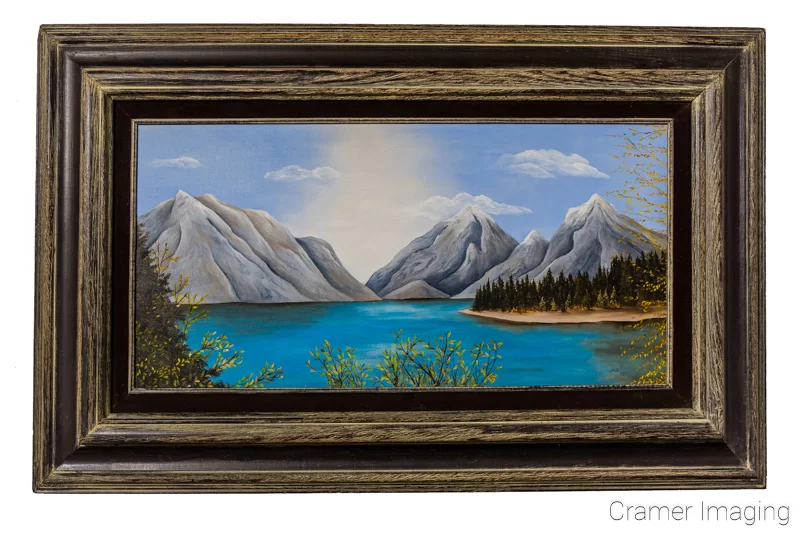
Anticipate that the artist may have more questions for you. Be as specific as you can since it will only help you find the right artist for the project in the long run.
3. DON’T Assume that Every Artist Will Want to Accept Your Request
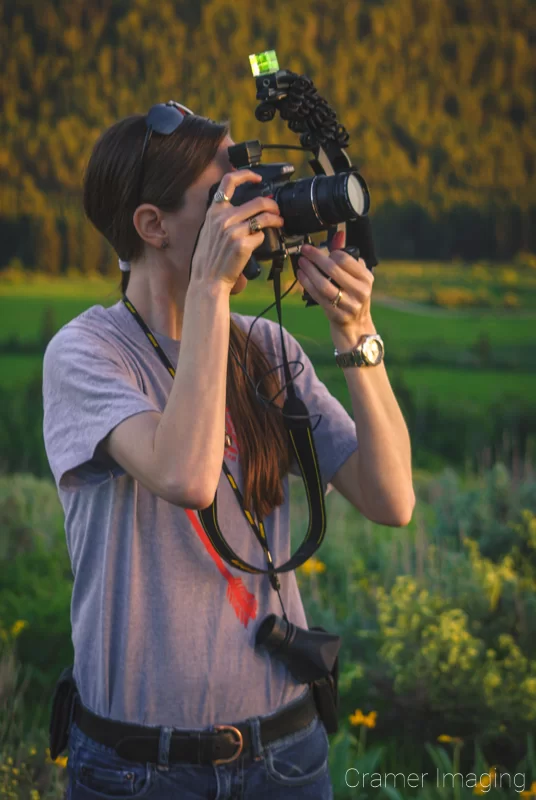
Not every artist out there will be interested in taking on your project. You will need to gain a good feel during your initial contact if it isn’t stated outright. During the whole introduction process, make sure that you treat the artist professionally and with respect. After all you do want to potentially hire him/her for your project. Keep these points in mind about the artist themselves during your initial conversations.
- Is the artist able (and WILLING) to do what I want?
- Do they create a good amount of commission work and seem to enjoy it?
One horribly WRONG move on your part would be to treat the artist like you’re doing him or her a favor by giving him or her a job at all. No one likes a condescending client. That’s a good way to make sure that you won’t get ANYONE to take on your artwork commission. Keep your manners during this process.
If you receive a rejection from one artist, it’s not the end of the world (or your artwork commission). This is what that list of potential candidates is for. Choose another from the list and see if he/she is a match instead. You might find that another artist is a better match for your artwork commission than your first choice of artist would have been.
4. DO Provide the Artist with as Many Details About the Piece You Want as Possible
As talks regarding the commissioned art progress, you will need to discuss more specifics regarding the piece. The artist may ask for more details than originally provided during initial negotiations. Prepare yourself to go into great detail on the following subjects and more.
- The title (if applicable).
- The subject matter of the work.
- The style of the work.
- The materials used and the size of the finished work.
- Whether or not the work will be framed or how it will be presented.
- Whether or not you care about WIPs (work-in-progress updates).
- When the work will be completed.
- How the work will be delivered.
- How and when the work will be paid for.
- Whether or not you want the artist to use images of it in future promotions.
Please also bear in mind that the artist will have some preferences and demands him/herself. Somethings may be negotiable while others may not. Each artist will have different requirements so don’t set your watch by what one artist has to say on the matter. Use it as a guide for speaking to your artist during negotiations but also prepare yourself for flexibility and just in case something unexpected comes up.
Also, be careful about asking an artist to recreate someone else’s work. Some artists are willing to do so while others are not. If there’s any risk of copyright violation, don’t even consider it. Such could get you and the artist into big trouble if pursued.
5. DON’T Be Vague About What You Want or Expect the Artist to Know Exactly What You Will Like

One of the leading causes of disappointment in a customer, like you, regarding their commissioned artwork is because of their being vague and otherwise non-specific. Don’t expect the artist to read your mind. Artists aren’t mind-readers. They have their own visions of how their art should go which probably won’t line up with yours. They will follow their hearts and visions unless properly guided by your clear and concise guidelines.
DO communicate your request clearly and provide good visual references if you can. The more specific and concrete the information you can give, the better things will be for the artist. While there may still have to be adjustments to the final product, those adjustments should be much smaller and easier to accomplish if you’ve done your job in clearly articulating your vision.
6. DON’T Assume That Terms, Price, and Timelines Will Work Themselves Out or Develop Along the Way
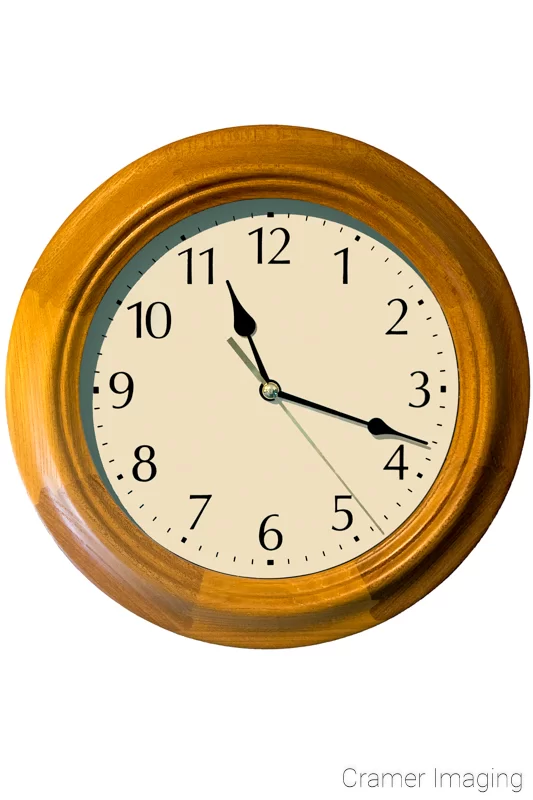
One of the most dangerous things to do when entering a business transaction (such as an artwork commission) is leave important details undefined until later. With a monetary exchange, such as commissioning art, If something happens, a court of law may not be on your side. Undefined or vague terms do not stand up in a court of law.
Also, it’s best to not allow too much leash for certain artists. You may never see the project start, let alone reach completion. If you don’t set price, timeline, terms, etc. beforehand, you may think that you can display the art in public only to be slapped with a copyright violation lawsuit.
Discussing expectations on both sides should be an important part of your negotiating process. So make sure that you:
- DO set out expectations and discuss copyrights and shipping as early in the process as you can.
- DON’T assume you have rights to the artwork which you haven’t previously discussed, or that the artist will cover the shipping.
- Know your rights.

Once you’ve got an agreement, be prepared to set in down in a contract.
7. DO Expect a Contract or Be Prepared to Make One
You wish to commission artwork. When you exchange money for a good or service, it’s a business transaction. For any business transaction like this, you should be prepared to negotiate a contract with your artist of choice. A contract will clearly state all expectations relevant to the transaction and will protect you in a court of law (assuming it’s properly written) should something untoward or unexpected take place. Any artist serious about commission work should insist upon a contract as it will protect him/her too.

Your contract should include key points such as:
- What the piece will be (title, subject matter, style, medium, materials required, accessories such as frames, etc.).
- What personalization will or will not be present and what it will be.
- Whether or not you will receive WIP previews and how many.
- How frequently you should expect communications from the artist regarding the commissioned project.
- How many draft revisions will be granted to you.
- Due date for completion of the piece.
- The price of the piece.
- How you will pay (e.g. via PayPal, a check, mailed cash, a gift card, tangible goods, a trade, etc.).
- When you will send payment (e.g. 100% upfront, 50% upfront and 50% after final delivery, 100% after final delivery, etc.).
- What sort of license will the artist grant you to the work (Are you being given full copyright or just a license to use it for personal purposes only? Can you change/alter the work? Can you share it publicly? Will the artist allow you to use it for commercial purposes? Are you obligated to attribute the artist whenever you display the piece?, etc.). Read up on copyright vs. use license here.
- How and when the final piece will be delivered (shipping, delivery in person, etc.).
- Whether you will be given a physical print (or the original drawing/painting/sketch) via mail in addition to being given a digital file, if applicable.
- Refund policy.

There are other points which you should discuss such as jurisdiction and paths of action in the event of breach of contract such as failure to deliver (payment, artwork, etc.). Both you and the artist should sign this legally binding contract (make sure you get a lawyer-drafted version valid in your state).
8. DO Communicate and Have Fun While Working on a Commissioned Piece
Commissioning a piece of art should be an enjoyable process. You should be delighted with most of your progress reports. Seeing the work-in-progress should be the highlight of your day (or at least your hour). While your commissioned art is in progress, take the following suggestions under advisement.
- DO touch base frequently and give feedback as early as possible.
- DON’T wait till the artwork is finished and then expect the artist to re-paint it completely because you’ve changed your mind.

Also please keep in mind that the sooner you communicate changes to the artist working on your commission, the easier it will be for the artist to implement them. Your artist will be much happier for prompt communication from you regarding the matter.
9. DON’T Lose Contact with the Artist
Communication between you (as the client) and the artist is essential to you being able to receive the art which you commissioned according to your vision. As listed above, artists are not mind-readers so they cannot create your vision without your help. During the process expect the following:
- DO expect your artist to keep in touch with you throughout the process.
- DON’T forget that they expect you to do the same.
- Be nice, courteous, and respectful.
- Match the artist’s level of communication.
- DON’T pester the artist.
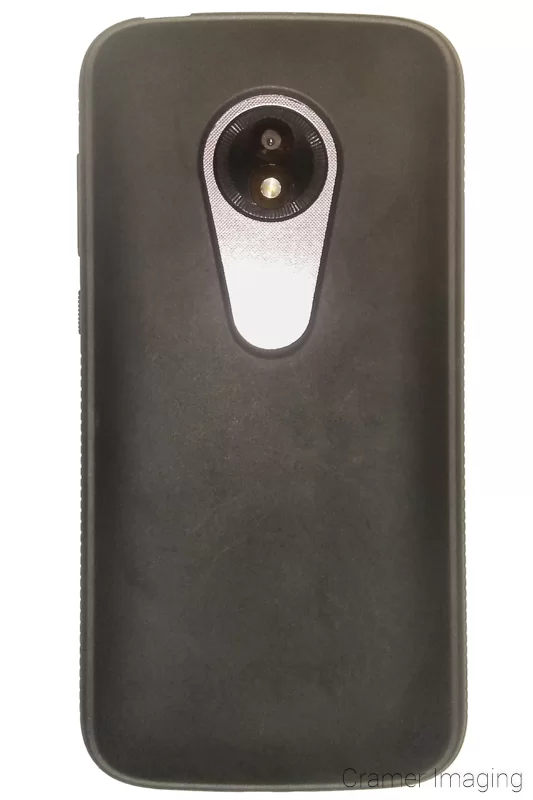
Keeping communication lines open is important to both you and the artist. How else do expect to provide feedback and direction in completing the artwork commission? If something comes up, you and the artist need a way of communicating so that you both may adjust expectations as necessary. Consider the following. If you suddenly can’t afford the piece or the recipient dies, the artist needs to know. If something happens to the artist to delay or permanently terminate work on the piece, you need to know.
It’s also very important that, while you keep communication lines open, you don’t pester your artist. Don’t change your mind too frequently. Don’t demand too many updates, especially if there really isn’t any reason to update you. Your artist has a job to do. Don’t interrupt him or her unnecessarily. It doesn’t leave a good taste in their mouth. It could reflect in the quality of their overall work.
10. The Aftermath
After you’ve commissioned the art, found the right artist, completed the project, paid for and received the art, there’s still some work for you to consider. A polite person would leave a positive review of the artist online and grant the artist permission to use the review in advertising. This way, others like you wanting to commission artwork will know what to expect from this artist.

You probably found reviews of this artist while conducting your research and weighed your decision against what other people had to say. Isn’t it right that you return the favor? I know that you’ll happily leave a scathing review of a bad experience. However, artists seeking commissions really need that positive feedback as well. It helps them land other clients just like you.
Not everyone has a Yelp page or Facebook reviews tab active on a business page. You may have to ask your artist where the best place(s) is to share a review. It might be on Google. It might be elsewhere. Oftentimes, one of the best places to share a glowing review is the same place where you found the artist to begin with. If you found him/her there, it’s likely that others will too.
However you choose to leave a positive review, your artist will be grateful for the feedback and testimony. They will be even more grateful for permission to use it in advertising (think testimonial section of webpage). If the artist has an account which you can tag, please make a point of tagging the artist’s account especially if you leave a positive review.
Conclusion
Commissioning art is about finding the right artist to create your vision of some form of art. Ideally, both you and the artist should walk away from your business transaction completely satisfied with what you contributed and received. In the event that something unforeseen happens, a contract will help protect you both from unnecessary legal headaches. Regular communication will help the process go much more smoothly. Politeness and professionalism are key to making the project pleasant for all parties concerned.
Overall, commissioning art should be a fun and relatively easy process if you follow the guidelines listed above. You should look forward to the final product with excitement and be happy with the results. Commission artwork to your heart’s content.
Have you ever commissioned any art or done a commissioned piece before? We’d love to know more. Please share about your experience in the comments section below and tell us if we missed something or if there is something specific to a particular type of art which we all would need to know about.

